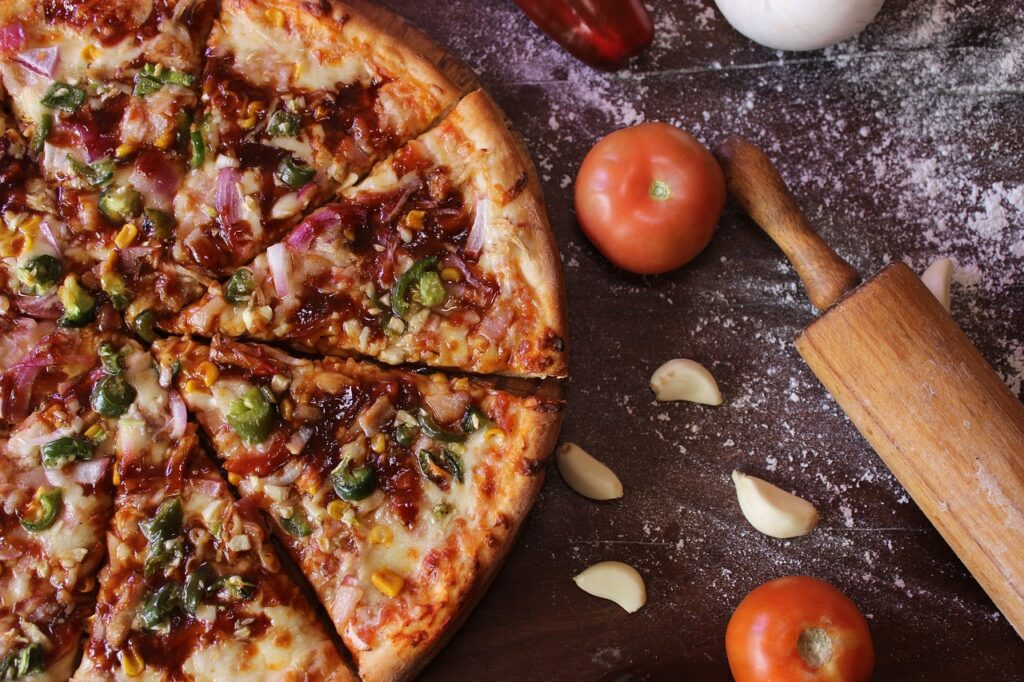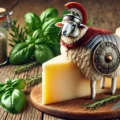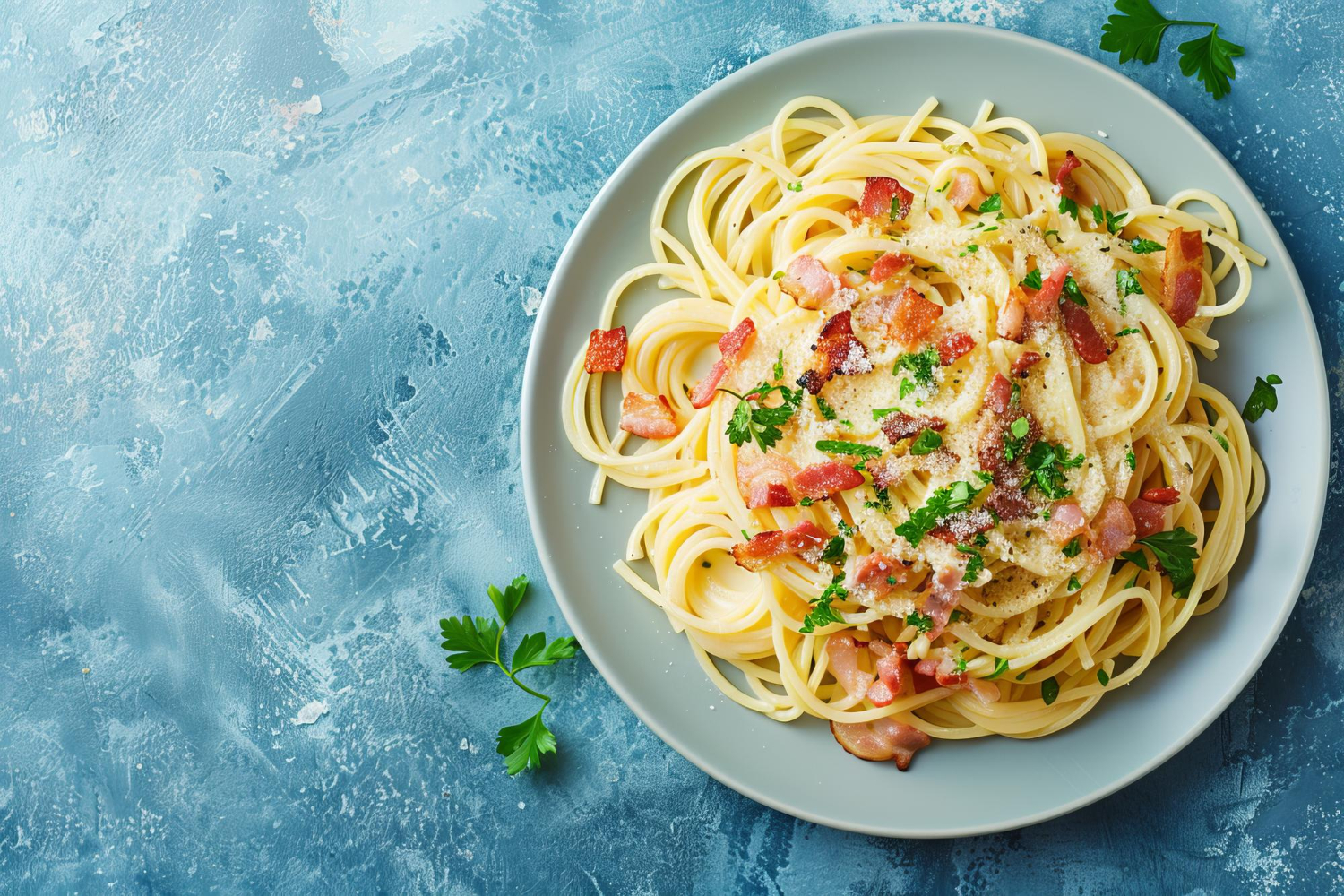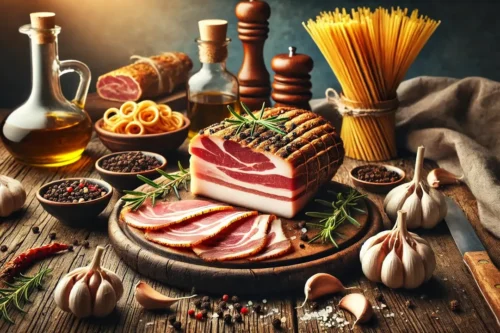Photo: Pixabay
The foundation: Perfect pizza dough
The soul of any good pizza lies in its dough. Traditional Italian pizza dough relies on just four ingredients: flour, water, salt, and yeast. But the process demands patience and care to achieve the perfect texture—crispy on the outside, airy and soft inside.
- Choosing the flour
Authentic pizza dough starts with high-quality flour. In Italy, tipo 00 flour is the gold standard, prized for its fine grind and high protein content, which ensures a soft yet elastic dough. If you can’t find it, all-purpose flour with a bit of added bread flour works as a substitute. - Mixing and kneading
Combine your flour with water, a pinch of salt, and yeast. Knead the dough until it’s smooth and elastic—this step develops gluten, which gives the dough its signature stretchiness. A stand mixer can help, but many pizza purists prefer kneading by hand for a better feel of the dough’s consistency. - Rest and rise
After kneading, allow the dough to rest and rise. Cover it with a damp cloth and leave it in a warm spot for at least 6–8 hours. This slow fermentation enhances the flavor and texture of the crust, making it lighter and more digestible. For a deeper flavor, some chefs let the dough rise in the fridge for up to 24 hours.
Shaping the base
Once the dough has risen, it’s time to shape it. Divide the dough into portions and gently stretch it into a circular shape, avoiding rolling pins, which can press out the air bubbles that give the crust its light texture. Italian pizza bases are typically thin in the center with a slightly thicker edge, known as the cornicione.

Photo: Pixabay
Toppings: Quality over quantity
Authentic Italian pizza toppings focus on a few high-quality ingredients, allowing each flavor to shine. Overloading the pizza can weigh down the crust and disrupt the balance of flavors.
- The classic Margherita
The quintessential Neapolitan pizza, the Margherita, requires just three toppings: tomato sauce, mozzarella, and fresh basil. Use crushed San Marzano tomatoes for the sauce, buffalo mozzarella for its creamy texture, and add basil leaves after baking for a burst of freshness. - Regional variations
Italian pizzas often reflect their regional origins. In Rome, you’ll find pizza bianca, a white pizza without tomato sauce, topped with olive oil, garlic, and rosemary. In the south, toppings like anchovies, capers, and olives are popular, echoing the flavors of the Mediterranean. - Modern twists
While tradition is key, Italian pizza-making also allows room for creativity. Think of seasonal vegetables, artisanal cheeses, or cured meats like prosciutto and speck. Just remember to keep the balance—less is more when it comes to authentic pizza.
Baking: The final touch
The way you bake your pizza is just as important as the dough and toppings. Traditional Italian pizzas are cooked in a wood-fired oven, reaching temperatures of 450–500°C (850–900°F). This high heat creates the perfect crust—crispy, slightly charred, and full of flavor.
If you’re using a home oven, preheat it as high as it will go, ideally with a pizza stone or steel to mimic the effects of a wood-fired oven. Bake your pizza for 7–10 minutes, or until the crust is golden and the cheese is bubbling.
The essence of Italian pizza
Pizza-making is as much about technique as it is about passion. It’s a celebration of simplicity, where every ingredient and every step plays a vital role in creating something greater than the sum of its parts. By mastering the basics of dough preparation, selecting thoughtful toppings, and achieving the perfect bake, you’ll not only make great pizza—you’ll honor a centuries-old Italian tradition.
Buon appetito!
Source: WalkSoFitItaly.com















